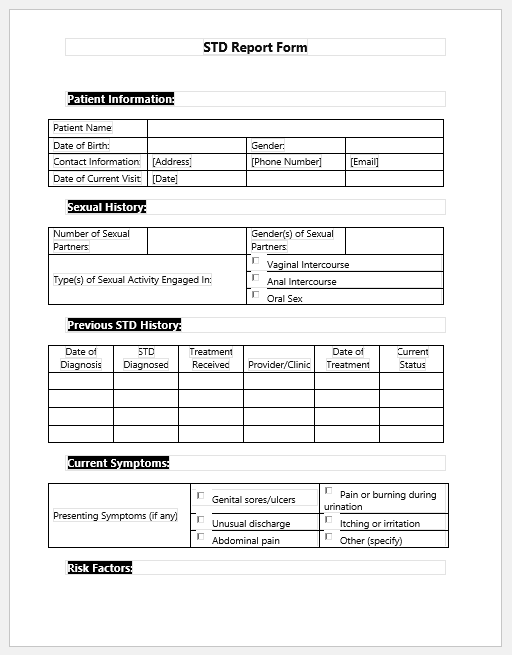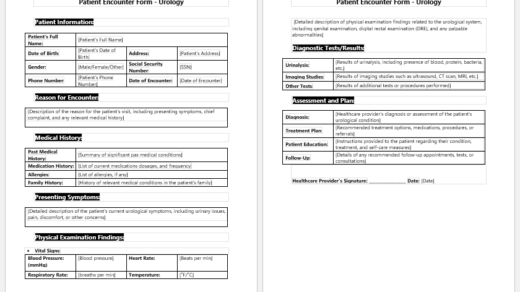STDs, or sexually transmitted diseases, are those sets of infectious diseases that are transferred from one sexual partner to another. They are spread by sexual activity in any form and are sometimes very depressing for the couple.
Hundreds of bacteria and viruses are responsible for sexually transmitted infections and manifest local and systemic symptoms. The quality of life is disturbed depending on the severity of the infection and must be notified and treated in time. Moreover, they are easily transferred to others, especially if the infected person has multiple sexual partners.
Examples of sexually transmitted diseases
There are many examples of sexually transmitted diseases. We are sharing some of the most important and common diseases here.
- HIV/AIDS (caused by Human immunodeficiency virus and leading to very serious and debilitating diseases)
- Genital herpes (caused by the herpes simplex virus 1 and very painful for the affected person)
- Trichomoniasis (a parasitic disease transmitted sexually)
- Chlamydia (a bacterial disease caused by Chlamydia trachomatis)
- Syphilis (bacterial disease -causing ulceration of the urogenital tract)
- Gonorrhea (Also a bacterial disease that affects females mostly)
STI reporting
Reporting sexually transmitted diseases or infections is very important because they are infections and are likely to spread to others. Besides, they are nationally reported diseases according to CDC guidelines.
So, if any patient comes to the clinic and is diagnosed with any form of sexually transmitted infection, he has to be reported properly.
STI Report form
An STI report form is provided with all the information required for reporting. A doctor or any health professional can fill out this form by following the instructions and submitting it to the respective authorities.
- Patient information like name, age, sex, date of birth, marital status, or if he/she is sexually active is all asked and reported in the form. Height, weight, email address, and contact number are for the hospital for later follow-up purposes.
- In the second section of the form, a doctor fills in the medical history of the patient. If the patient is female, she is asked if she is pregnant at the time of infection. It is important because infectious diseases undoubtedly affect the outcome of pregnancy.
- A female patient is also asked about her menstrual history and other gynecological history.
- Presenting symptoms of the patients that may or may not support the diagnosis of sexually transmitted diseases are all asked, and the boxes are checked or remain unchecked based on their answers.
- A provisional diagnosis is made and written in the form if the patient is found positive for the STIs.
- The name of the doctor who conducted the history and examination has to be mentioned.
- Some or all sexually transmitted diseases may require lab confirmation for the diagnosis. So, we do mention if we have had any laboratory tests. Lab reports are also mentioned in the form to support the diagnosis and make reporting a confirmed case of STI.
- Treatment is also mentioned in the form, along with the necessary instructions and notes.

Sample Form Size: 42 KB
- Nursing Documentation Templates
- Letters for being Unfit to Travel
- Mental Health Evaluation Forms
- Forms Used by Pediatricians
- Various Forms Related to Pregnancy Verification
- Common Forms Used by ENT Specialists
- Patient Registration Confirmation Messages
- Quotation Letter for Medical Services
- Mental Health Letter by Doctor
- Excuse Letter for Absence due to Medical Checkup
- Response Letter to Feedback on Improvement in Hospital
- Letter to a Mother Who Miscarried
- Patient Feedback Letter Complaining on Issues or Incidents
- Letter to Family about Miscarriage
- Patient Constructive Feedback Letter for Quality Care Improvement
- Registered Nurse Designation Letter
- Patient Feedback Letters
- Medical Expense Reimbursement Request Letter


